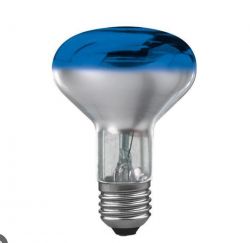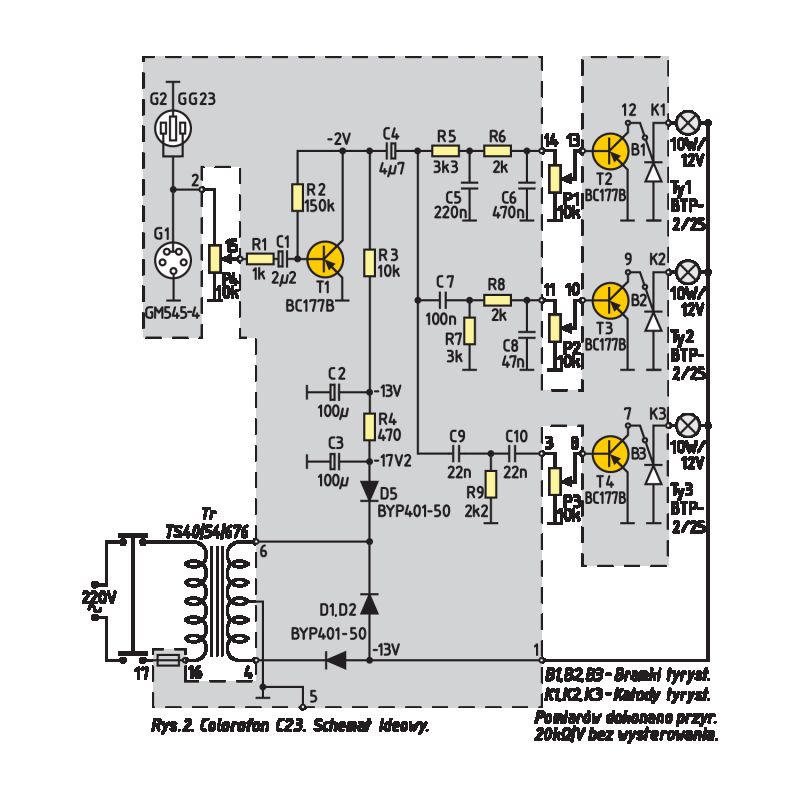 .
.
Before publishing, I wondered if anyone else was interested in this topic. But maybe there is still a maniac for flashing lights
Illuminophony - a somewhat forgotten topic. The device has, in my opinion, undergone a backward evouluation and at the outset let me quote my colleague @Preskaler who wrote 20 years ago:
The idea of illuminophony originated in the 18th century and consisted of casting coloured light on a screen depending on the content of particular frequencies in the music. Low tones corresponded to red (also low frequency) medium tones were green and blue tones were high. These were the beginnings of RGB! Listening to music in this way, that during its amplitude changes of individual frequencies, the listeners simultaneously saw colours changing, dimming when the music was quiet and brightening when the music was strong, and in addition with changing colours across the spectrum. This gave an enhanced artistic experience and the listeners were delighted. Of course, this was done by hand. Modern illuminophony has an excellent tool for this purpose but, unfortunately, the whole principle of this illuminophony has been neglected. What has appeared is a colourophone with three mercilessly flashing lights. This does not give the effect of mixing colours and creating resultant colours, thus making the effect negligible. It is no wonder that it is not clear why there is a division of the acoustic frequencies and even of the three spotlight colours?
another post in that thread confirms @Preskaler's argument
source: https://www.elektroda.pl/rtvforum/topic190754.html#928465
I did the project at the request of a colleague. Unfortunately not completed due to undecided periphery (executive headlights).
The main idea was to simulate the inertia of the bulb filaments. Unfortunately simple circuits using LEDs do not provide smooth modulation of light only, they work zero-one.
My design is an attempt to meet this challenge.
I have abandoned analogue filters in favour of a fast Fourier transform (FFT). This simplified the electronics layout considerably.
To do this, I used the powerful and inexpensive ESP32 MCU and the arduinoFFT.h library
Device features:
Three RGB channels.
9 bit PWM controlling the LED, exponentially modulated in 64 levels.
LED brightening and dimming inertia setting for each colour. Lovers of 'nystagmus' can set zero.
Atomatic level for each channel.
Free frequency (stripe) allocation for each channel.
Enabling or disabling LED glow in the absence of an audio signal (PWM = 1).
Unfortunately, the device did not get a UI and the settings have to be changed in program code.
Program description:
Program written in Arduino IDE.
For the purposes of the FFT, 512 samples are taken at a sampling frequency of 40kHz.
With these parameters, the bar value is approximately 78Hz.
The audio samples and FFT calculations are performed in the main loop.
It takes approximately 16ms to take a set of samples and calculate the FFT.
In the timer interrupt, the PWM LED waveform is modulated.
In the prototype circuit I have used a 1W power LED. Of course, this part can be freely extended.
I attach a schematic with the development circuit. For the development board, the 3.3V stablizer circuit and the Flash and Reset buttons must be omitted.
The circuit can be assembled "on your knee" within an hour.
Good luck with your experiments
Example settings:
Increased light incidence:
Settings for "optical sprinters" (pure PWM):
And so it is better than switched LEDs.
Diagram:
 .
.
Cool? Ranking DIY








